Local overdoses more common than fatality statistics might imply, say police
In response to a report issued by the BC Coroner Service this morning regarding fentanyl overdose deaths in Trail, Castlegar and Nelson, Trail top cop RCMP Sgt. Darren Oelke pointed out that, from a policing/public health perspective, those statistics are just the tip of a growing iceberg.
“We get lots of close calls, where the paramedics arrive in time to administer a shot of Narcan and bring them back,” Oelke said.
Narcan is the brand name of a drug called Naloxone, which reduces the effects of opioids, particularly in cases of overdose. “There have been several like that.”
Oelke said the primary drug of choice, locally, still appears to be heroin.
“We’ve got a high heroin-using population,” he said. “The drug users, for the most part, I don’t think they have any idea they are taking fentanyl at all. They think they’re taking some other drug.”
He said dealers will lace fake oxycodon pills with fentanyl, so they can sell a high with cheaper overhead, or even cut it down and sell it as heroin outright.
“For drug dealers, it’s a cheaper supply, so they make a lot more profit,” he said, explaining that fentanyl usually comes as a slow-release patch. “They scrape it off the patch and into a powder form.”
The problem with this, he said, is the potency of the drug – while most drugs dosages are measured in milligrams, fentanyl is measured in micrograms.
“And what they (drug dealers) are doing isn’t at all scientific – One dose can be 100 times more powerful than the dose beside it, even if they look exactly the same.”
He said the perception that small communities like ours haven’t a supply of the more-recent synthetic drugs is not entirely accurate, as sooner or later, they end up trickling in here, too.
“If there’s a demand, someone will supply it, for sure.”
He said ambulances and paramedics are equipped with Naloxone kits, but police aren’t.
“They’re the ones with the medical training,” he said, adding Naloxone doesn’t help with certain drugs, like crystal meth, but absolutely can mean the difference between life and death after an opioid overdose.
The advent of new designer chemical drugs doesn’t really impact the way illicit drugs are policed, he said – except for the risk it creates for police and paramedics in handling and proximity to these substances. For example, a new drug called W18, which Oelke said doesn’t appear to have made its way to our region yet but has been seized in other parts of B.C., is said to be about 100 times more powerful than fentanyl and 10,000 times stronger than morphine, and can cause a potentially fatal risk even just with contact with skin.
Between January 1, 2014 and April 30, 2016, BC Coroner Service reports four fentanyl-detected deaths in the tri-city area: two in Castlegar, and one each in Trail and Nelson, as well as 55 in the Interior region as a whole.
For more information about drug overdose and take-home Nalaxone, visit Interior Health’s page on the subject at https://www.interiorhealth.ca/AboutUs/Leadership/MHO/Pages/PHEmergency.aspx
Naloxone kits are now available inexpensively at drugs stores without a prescription and through organizations like Ankors in Nelson for free, at the Castlegar Emergency Department, and at the Kootenay Boundary Regional Hospital in Trail. Interior Health provides a list of take-home Naloxone depots at https://www.interiorhealth.ca/AboutUs/Leadership/MHO/Documents/THN%20sites.pdf


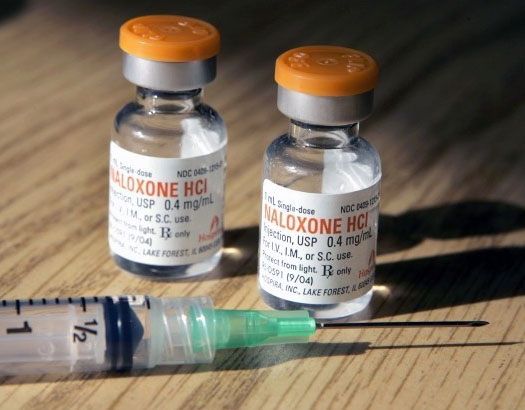
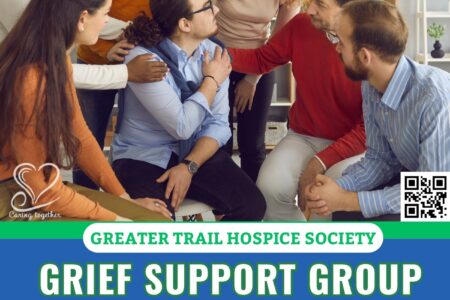






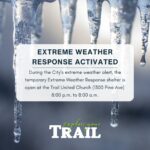






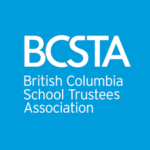
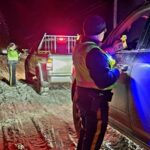
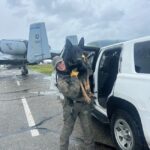

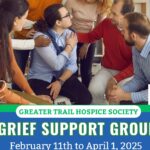

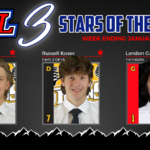
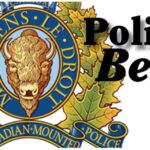

Comments